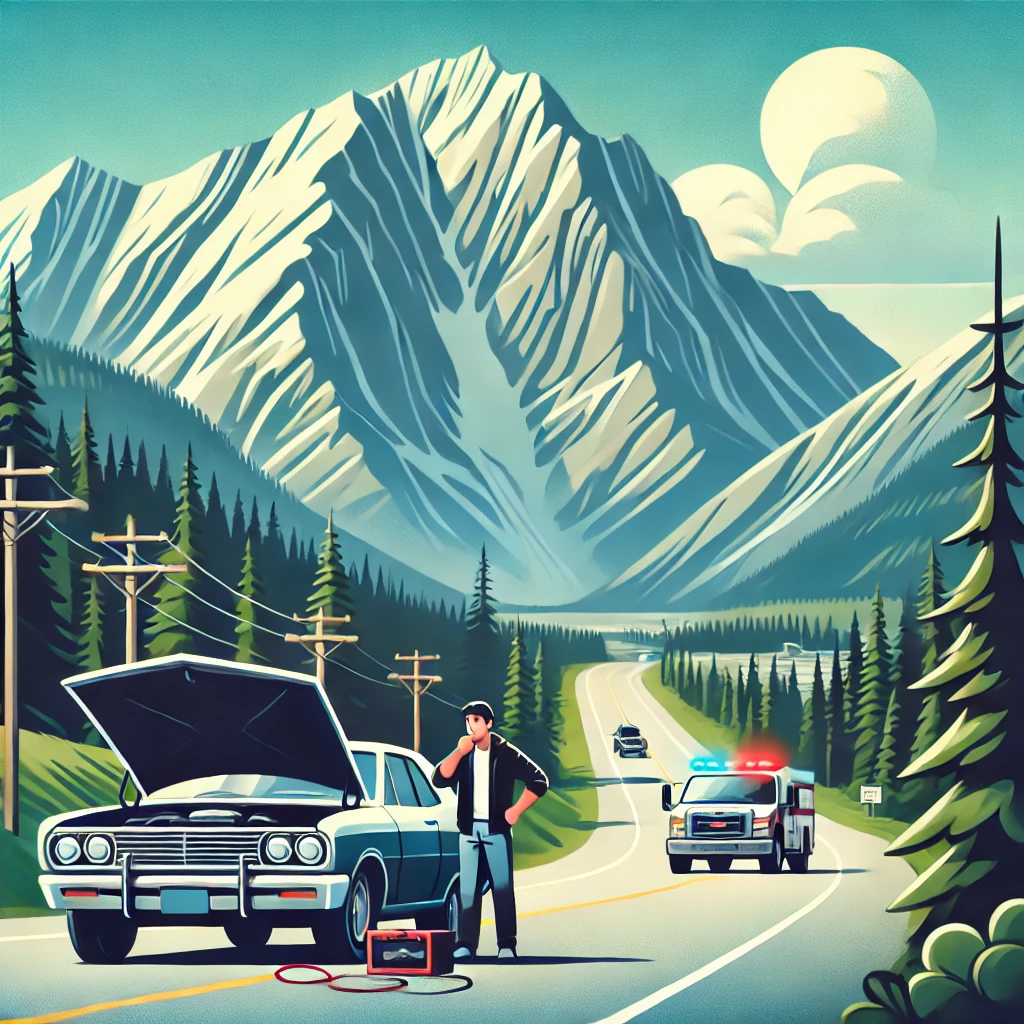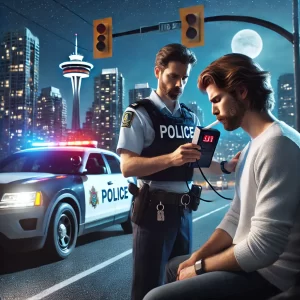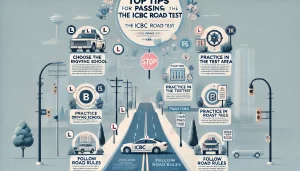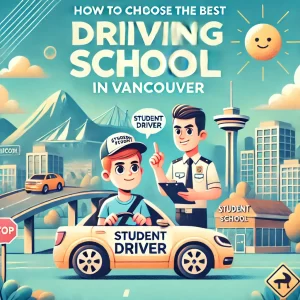If you are a new driver, experiencing a roadside breakdown can be stressful, especially when you’re navigating the beautiful yet sometimes challenging roads of British Columbia (BC). Whether you’re on a scenic drive through the Rockies or traveling along the coastal highways, it’s essential to be prepared. Here’s how to handle roadside breakdowns effectively, ensuring your safety and minimizing disruptions.
Stay Calm and Assess the Situation
When your vehicle breaks down, the first step is to stay calm. Take a deep breath and assess the situation:
- Safety First: If possible, steer your vehicle to the side of the road, away from traffic. Turn on your hazard lights to alert other drivers.
- Evaluate the Problem: Check for obvious issues such as flat tires, smoke, or strange noises. However, only inspect under the hood if it’s safe to do so.
Use Your Emergency Kit
Every vehicle should be equipped with an emergency kit. In BC, consider including:
- First Aid Supplies: Essential for minor injuries.
- Flares or Reflective Triangles: To increase visibility.
- Jumper Cables: Useful for dead batteries.
- Basic Tools: A tire iron, wrench, and screwdriver can come in handy.
- Water and Non-Perishable Snacks: Keep you hydrated and nourished if you’re stranded for a while.
Call for Help
If you can’t fix the issue yourself, it’s time to call for assistance:
- Roadside Assistance: If you have a membership with a service like CAA, contact them for help. They can provide towing, tire changes, and other services.
- Emergency Services: If you’re in a precarious situation, like a busy highway, don’t hesitate to call 911 for immediate assistance.
- Local Mechanics: Research and save numbers for local repair shops along your typical routes.
Understand Your Location
Knowing your surroundings can aid rescue efforts:
- Road Signs and Landmarks: Take note of your location and any nearby landmarks or exit numbers. This information will be useful when speaking with roadside assistance or emergency services.
- Cell Reception: BC has areas with limited cell service. If you’re in a remote area, it might be helpful to have an alternative way to communicate, such as a satellite phone or a friend who can relay your location.
Be Cautious with Strangers
While most people are willing to help, it’s essential to prioritize your safety:
- Trust Your Instincts: If someone stops to offer help, assess the situation carefully. It’s perfectly okay to decline assistance if you feel uncomfortable.
- Stay in Your Vehicle: If you’re on a busy road, it’s often safer to remain in your car with the doors locked while you wait for help.
Learn Preventative Measures
To reduce the risk of future breakdowns, consider the following:
- Regular Maintenance: Keep your vehicle in top shape with regular oil changes, tire rotations, and inspections.
- Know Your Vehicle: Familiarize yourself with your vehicle’s systems and sounds, which can help you detect potential issues early.
- Plan Your Route: When driving in remote areas, plan your route and inform someone of your travel plans.
Conclusion
Roadside breakdowns can be an unfortunate reality of driving in BC, but being prepared can make a significant difference. By staying calm, using your emergency kit, and knowing how to call for help, you can handle most situations effectively. Remember, regular maintenance is key to preventing breakdowns in the first place. Safe travels!
For driving classes in Vancouver contact and follow Seymour Driving School, with us you’ll be on your way to driving independently and confidently.





